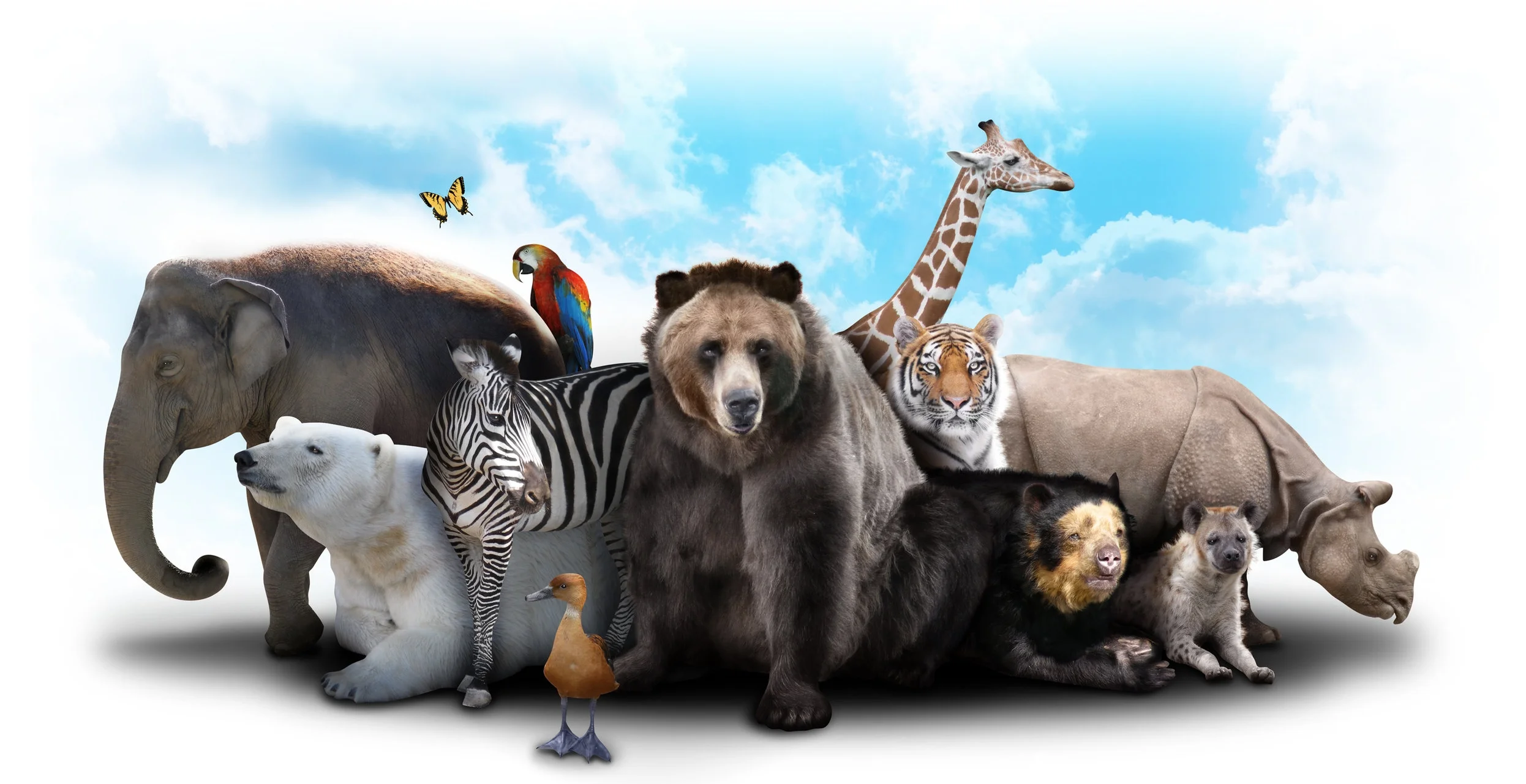Animals & the Environment: IUCN Classification and Criteria - What is it?
BY KACEY BARTON
In today’s society, more and more organisms are being listed as “vulnerable”, “endangered”, and “critically endangered”. But what do those terms mean and who uses them? In this article I aim to explain the International Union for Conservation of Nature’s classification system, and what those labels actually mean.
The International Union for Conservation of Nature (IUCN) located in Gland, Switzerland, was founded in 1948 and is the world’s largest environmental organization. The purpose of the organization is to assist private and public sectors to conserve nature and the proper and sustainable use of natural resources. The IUCN currently boasts more than 1,100 governmental and non-governmental member organizations, with hundreds of conservation programs around the globe. Additionally, they have an extensive list of animals, plants, and fungi, which are all categorized in The IUCN Red List of Threatened Species.
Currently, there are nine classification categories within the Red List. Below are the categories and their definitions:
Extinct (EX): There are no more individuals left in the wild or captivity.
Extinct in the Wild (EW): There are no known individuals outside of captivity or naturalized populations.
Critically Endangered (CR): Individuals in this category face the highest risk of extinction. The probability of becoming Extinct in the Wild is 50% in 10 years*.
Endangered (EN): Individuals in this category face a very high risk of extinction. The probability of becoming Extinct in the Wild is 20% in 10 years*.
Vulnerable (VU): Individuals in this category face a high risk of extinction. The probability of becoming Extinct in the Wild is 10% in 10 years*.
Near Threatened (NT): Close to being threatened in the near future.
Least Concern (LC): Species in this category are “widespread and abundant”.
Data Deficient (DD): There isn’t enough information to make a proper assessment; this doesn’t mean it is neither close to extinction nor abundant. There simply isn’t enough data to put it into a category.
Not Evaluated (NE): They haven’t been evaluated against the criteria for classification.
In addition to these nine categories, there is also Functionally Extinct, meaning there is very little chance of the species being brought back to the wild. This can occur for a variety of reasons, including habitat loss and lack of viable members of the population.
Organisms are placed into these categories after being evaluated against a list of certain criteria. These criteria measure population and population changes, geographic locations, and the possibility of a species going extinct in a certain period of time. They are as follows:
A. Population Size Reduction
B. Geographic Range in Extent of Occurrence and/or Area of Occupancy
C. Small Population Size and Decline
D. Very Small or Restricted Population
E. Quantitative Analysis
As the years pass, many organisms will, unfortunately, face extinction; whether through natural selection or human interference. It is with the help of the IUCN that we are able to keep track of the state of our planet’s ecosystems and make appropriate efforts before we lose what we cannot get back.

